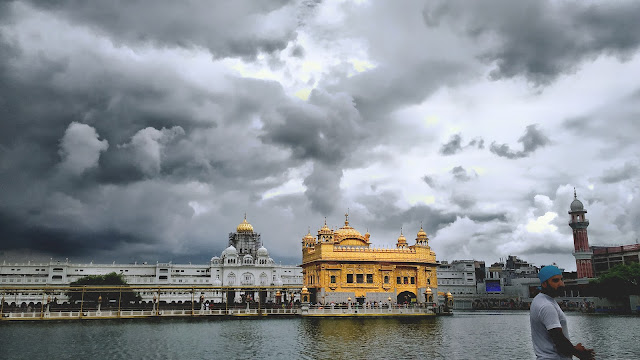Tsomgo Lake
Located at an altitude of 12,400 feet above sea level, Tsomgo Lake is one of the most popular tourist destinations in Sikkim. This glacial lake is surrounded by snow-capped mountains and is considered to be a sacred site by the locals. The lake is also known as Changu Lake and is situated around 40 kilometers from the capital city of Gangtok. Visitors can enjoy a breathtaking view of the lake and surrounding mountains, and even go on a yak ride along its shores.
Rumtek Monastery
Rumtek Monastery is one of the most famous monasteries in Sikkim and is located in the eastern part of the state. It is the largest monastery in Sikkim and is also known as the Dharmachakra Centre. The monastery was built in the 16th century and is known for its intricate architecture and beautiful murals. The monastery is also home to many artifacts, including ancient manuscripts, statues, and thangkas.
Pemayangtse Monastery
Pemayangtse Monastery is another popular monastery in Sikkim and is located in the western part of the state. It was built in the 18th century and is considered to be one of the oldest and most important monasteries in Sikkim. The monastery is known for its stunning architecture and is home to many ancient artifacts, including thangkas, statues, and manuscripts. Visitors can also enjoy a stunning view of the surrounding mountains from the monastery.
Nathula Pass
Nathula Pass is a mountain pass that connects Sikkim with Tibet. It is located at an altitude of 14,140 feet above sea level and is considered to be one of the highest motorable passes in the world. The pass was an important trade route between India and Tibet and was closed after the 1962 Sino-Indian war. It was reopened in 2006 for trade between India and China, and now visitors can also visit the pass with a permit.
Tashiding Monastery
Tashiding Monastery is located in the western part of Sikkim and is considered to be one of the holiest places in the state. It was built in the 17th century and is known for its stunning location and beautiful architecture. The monastery is also home to many ancient artifacts, including thangkas, statues, and manuscripts. Visitors can also enjoy a stunning view of the surrounding mountains from the monastery.
Yuksom
Yuksom is a small village located in the western part of Sikkim and is known for its historical significance. It was the first capital of Sikkim and is also known as the "Gateway to Kangchenjunga". The village is home to many historical sites, including the Dubdi Monastery, which was built in the 17th century and is considered to be the oldest monastery in Sikkim.
Khecheopalri Lake
Khecheopalri Lake is another popular tourist destination in Sikkim and is located in the western part of the state. It is considered to be a sacred site by the locals and is surrounded by lush green forests and hills. The lake is also known as the "Wishing Lake" and is believed to fulfill the wishes of those who visit it.

















.jpg)






















